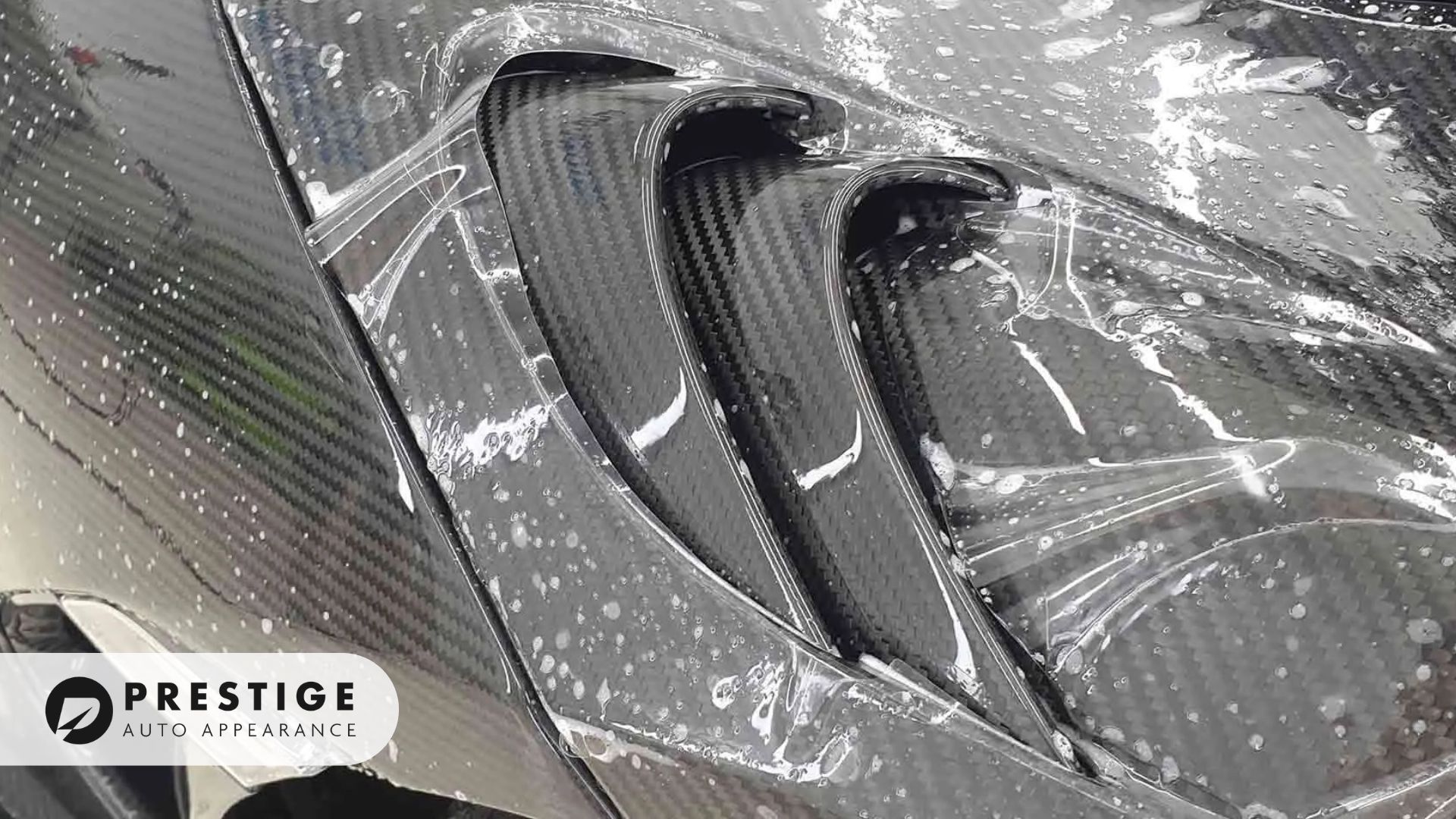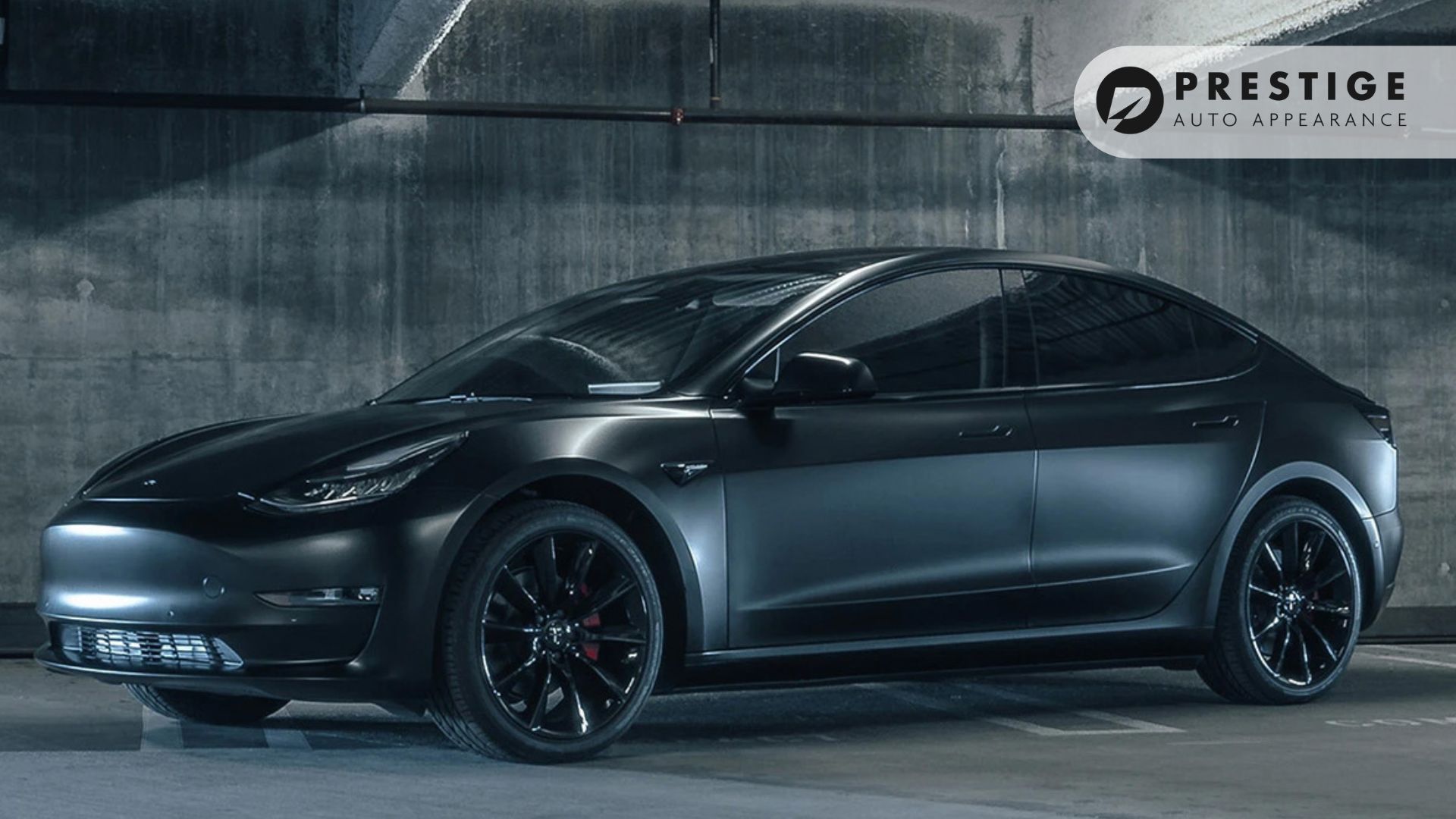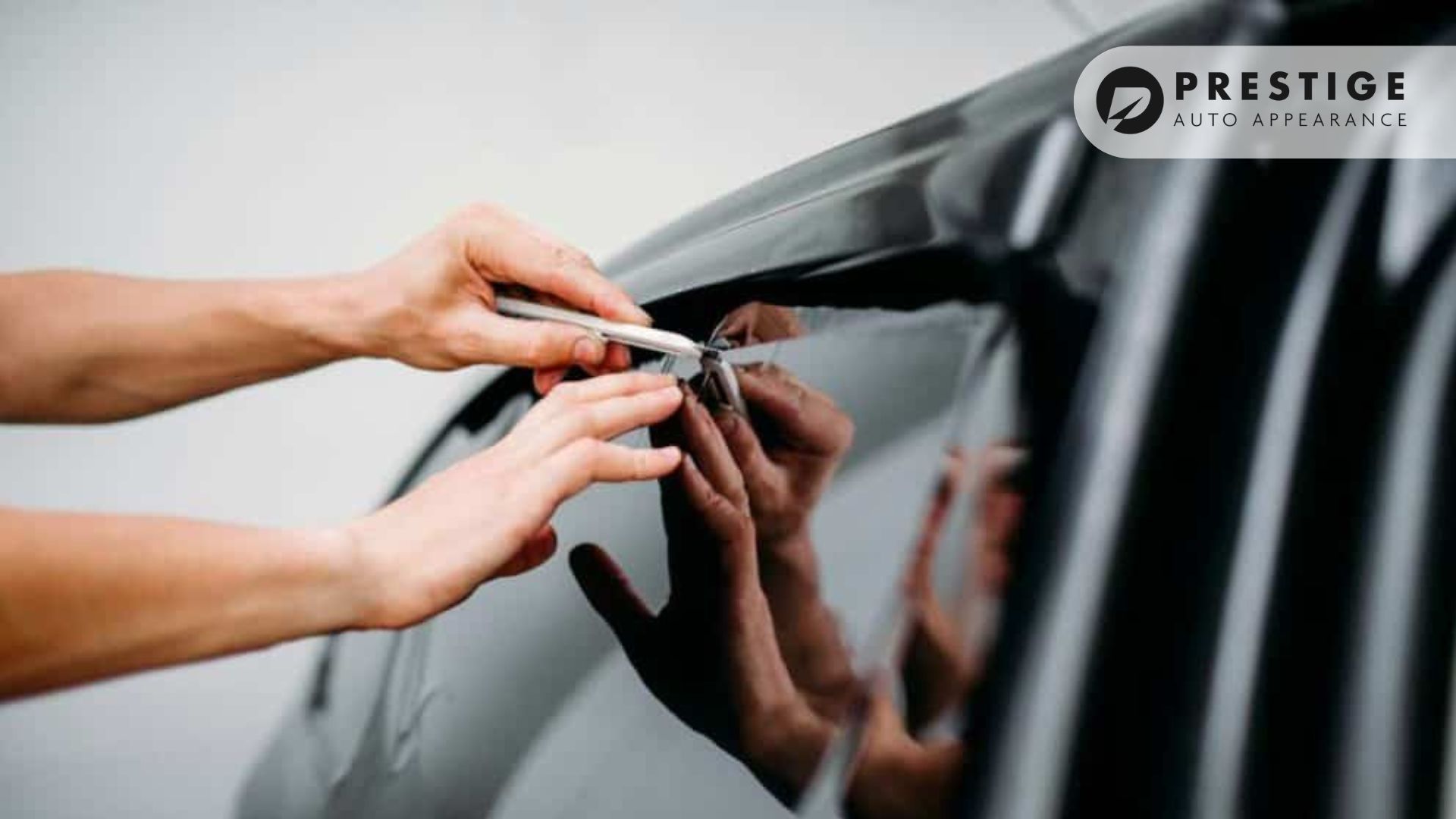Car protective coatings serve as a shield against various environmental hazards, including UV radiation, rain, bird droppings, and tree sap, as well as reducing the likelihood of scratches and swirl marks from washing. These coatings not only preserve the aesthetic appeal of a vehicle but also enhance its longevity and resale value. Understanding the different types of protective coatings available can help car owners make informed decisions about the best way to protect their investment.
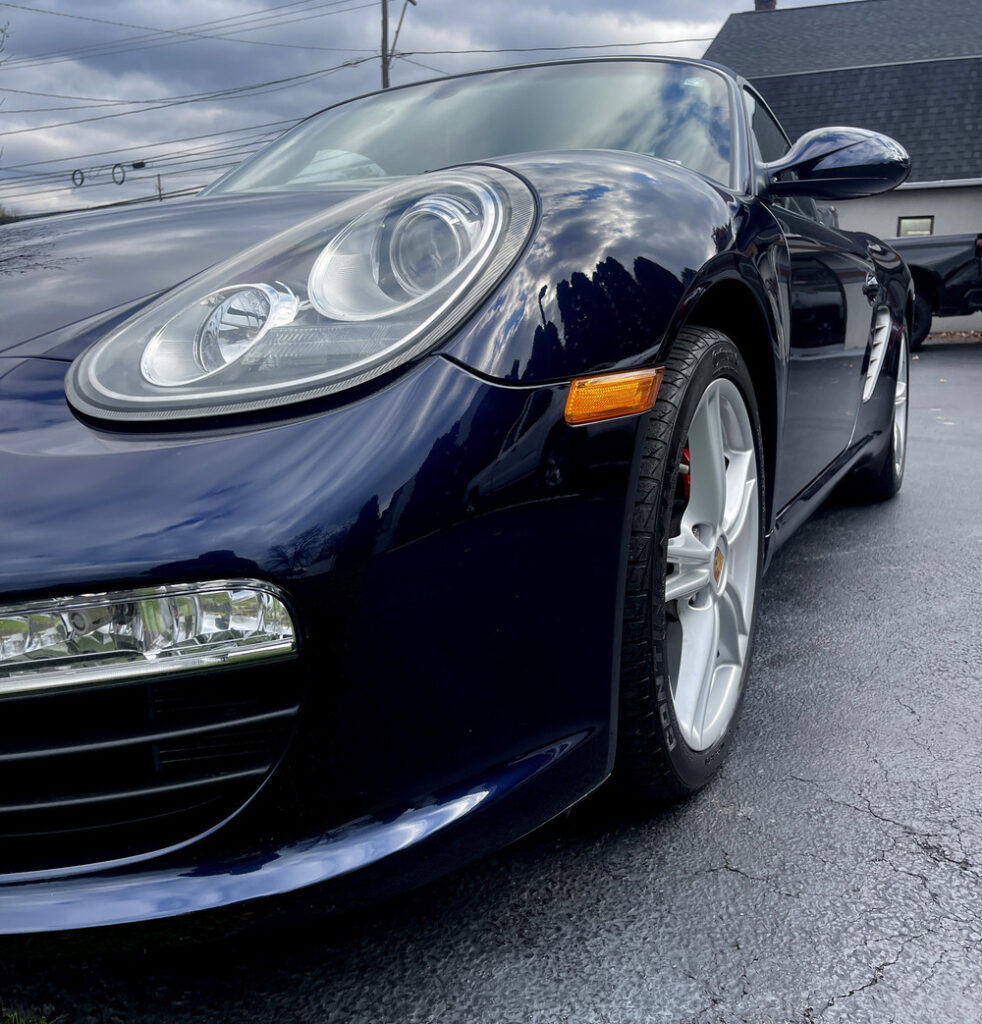
This article delves into the various protective car detailing options.
1. Wax
Overview: Car wax, traditionally made from carnauba wax, is one of the oldest and most well-known forms of car surface coatings. It provides a warm glow and adds depth to the paint’s finish. Synthetic waxes, or sealants, offer a long-lasting alternative with a more durable synthetic polymer base.
Benefits of Wax Car Surface Coatings
- Enhanced Shine and Depth: Car wax, especially those made from natural carnauba, significantly enhances the vehicle’s shine and color depth, giving it a classic, wet look.
- Basic Protection: Offers a layer of protection against UV rays, rain, and dirt, helping to maintain the car’s aesthetic appeal.
- Cost-effective: Waxes are generally affordable and accessible, making them an easy choice for regular maintenance.
2. Paint Sealants
Paint sealants are synthetic products designed to provide a higher level of protection than traditional waxes. They bond chemically with the car’s paint, creating a hard, protective layer that can last anywhere from 6 months to a year.
Benefits of Paint Sealant
- Long-Lasting Protection: Paint sealants provide a durable synthetic layer that protects the paint for six months to a year, significantly longer than traditional waxes.
- Glossy Finish: Sealants leave a shiny, slick finish on the car’s surface, repelling water and dirt more effectively.
3. Ceramic Coatings
Ceramic coatings are a premium protective option that consists of a liquid polymer applied to the exterior of a vehicle. This polymer chemically bonds with the vehicle’s factory paint, creating a layer of protection that is semi-permanent. You can even consider auto detailing with protective coatings.
Benefits of Ceramic Coating
- Superior Protection: Ceramic coatings offer exceptional protection against environmental contaminants, UV damage, and chemical stains, greatly extending the paint’s lifespan.
- Hydrophobic Properties: These coatings are highly water-repellent, making cleaning easier and minimizing the risk of water spots.
- Longevity: A properly applied ceramic coating can last several years, making it a cost-effective option over time.
4. Glass Coatings
Overview: Glass coatings, also known as quartz or silica coatings, are another high-end protective option. These coatings form an even harder surface than ceramic coatings, and are is known for their exceptional durability and gloss.
Benefits of Glass Coating
- Scratch Resistance: Glass coatings provide a hard layer of protection, offering superior resistance to scratches and chemical etching.
- Mirror-Like Shine: Known for their brilliant, reflective finish, glass coatings enhance the vehicle’s appearance significantly.
- Extended Durability: Some glass coatings claim to last the lifetime of the vehicle, offering unparalleled long-term protection.
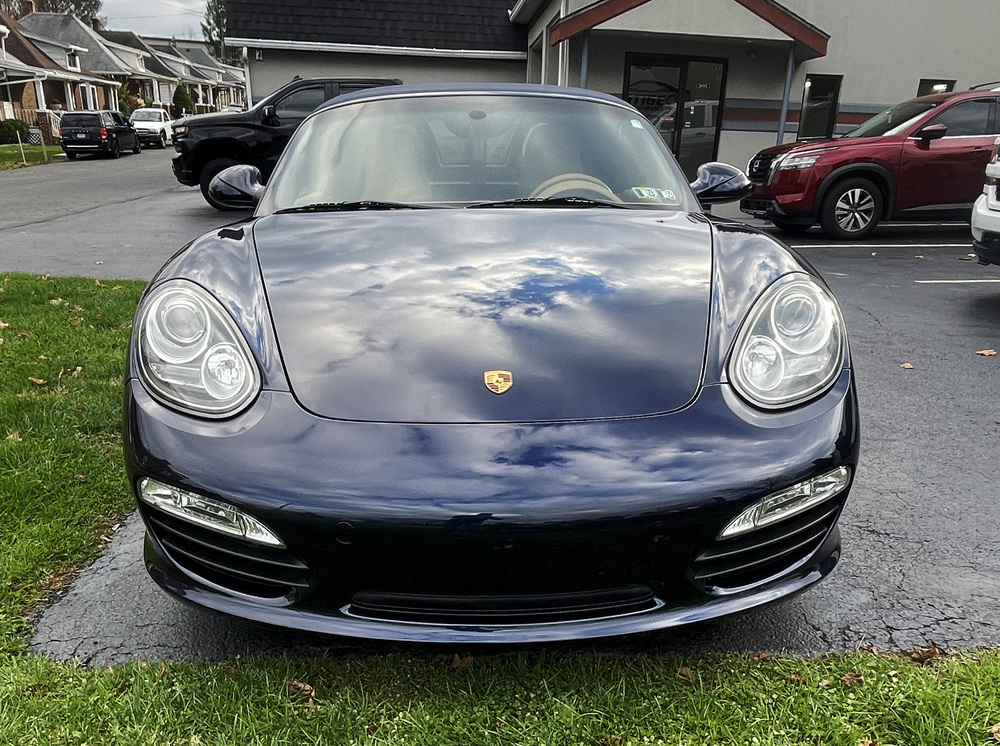
Conclusion
The choice of vehicle coating solutions depends on a variety of factors, including the budget, the level of protection desired, and the commitment to ongoing maintenance. While waxes and sealants offer basic protection and are more budget-friendly, glass, and ceramic coatings provide superior durability and protection, at a higher cost. Regardless of the choice, investing in a protective coating is a wise decision for maintaining a car’s appearance and resale value over time.



